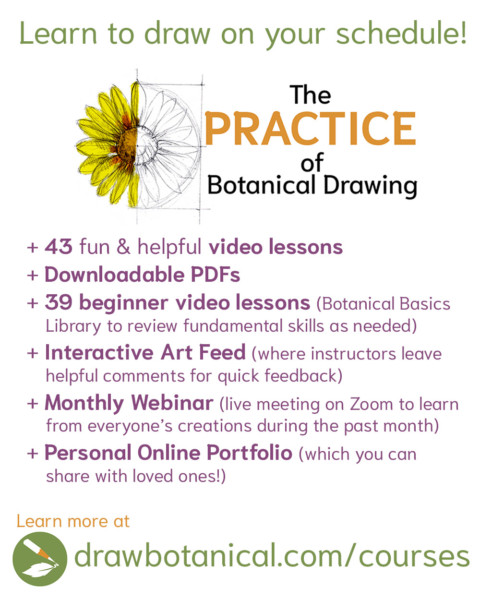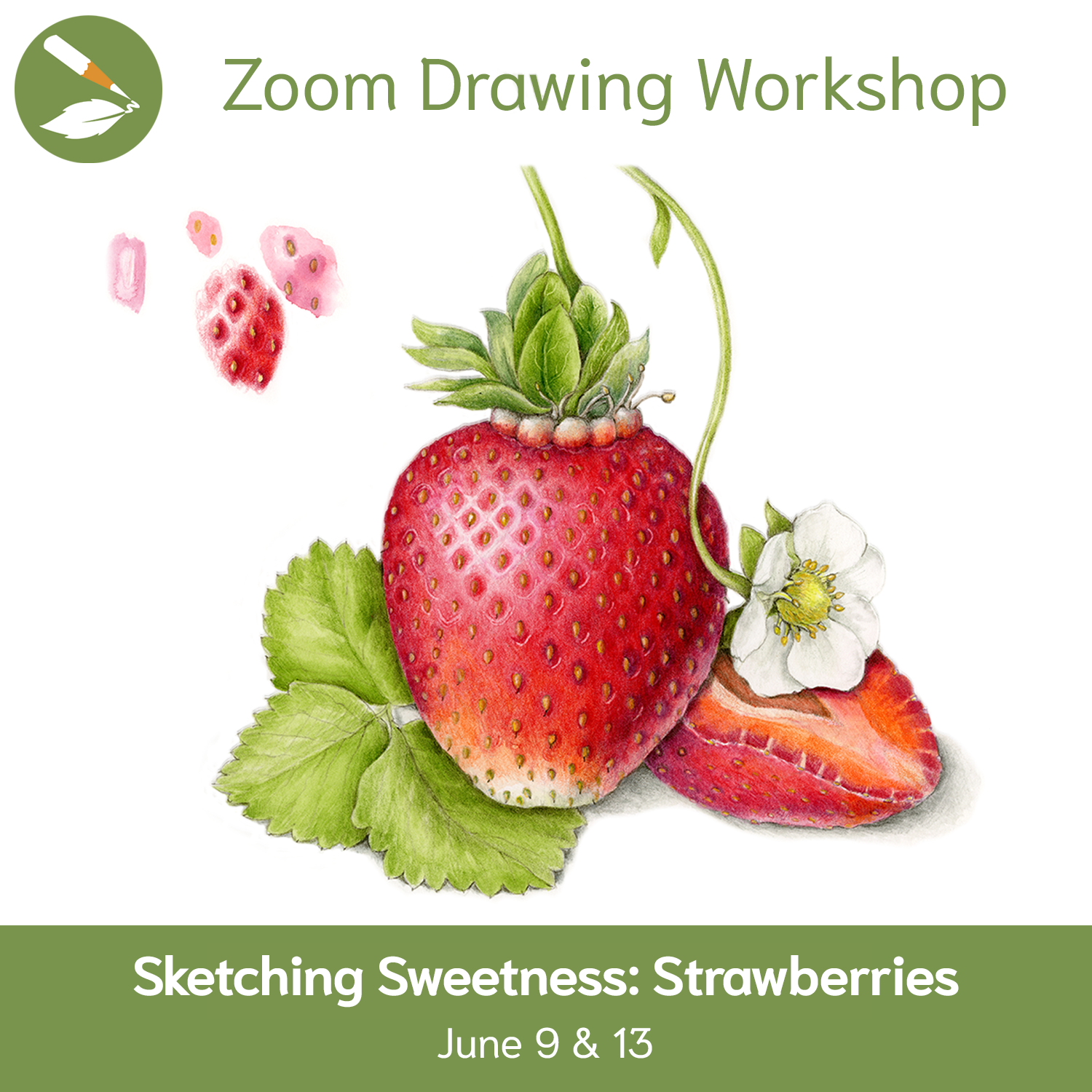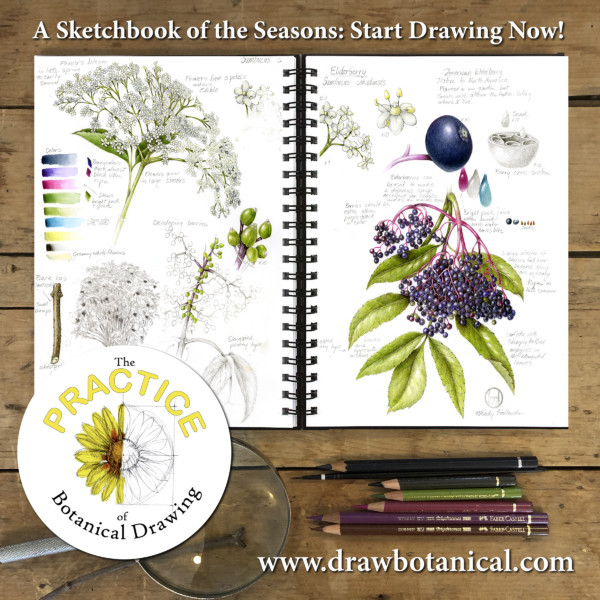
The Practice of Botanical Drawing started as a year-long Challenge, prompting students to track a tree or woody shrub of their choice through all its stages for a year.
The final product becomes a “Sketchbook of the Seasons,” with
+ color and tonal drawings
+ herbarium components, and
+ journal documentation from 1-2 trees &/ woody shrubs as they change with the seasons.
Visit your plant as often as you like! Because this project spans many months, we encourage you to join our course to post your progress online and get feedback from our knowledgeable instructors and fellow students as you build your sketchbook.
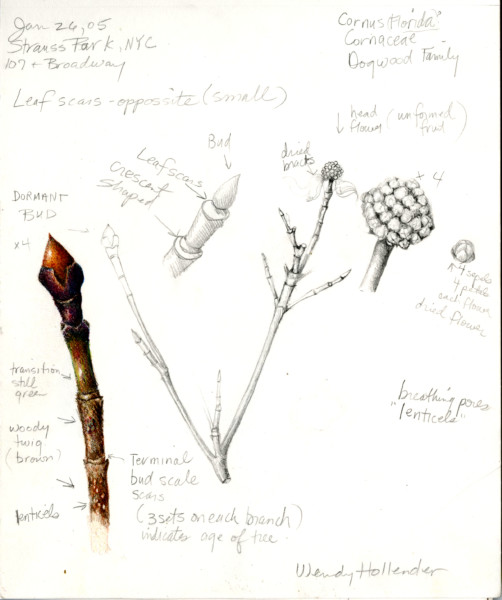
Summer: Draw fruits, seed pods, and mature leaves
When the petals fall off of a stem, the ovary remains and develops into a fruit or seed pod. Draw the fruit or pod as it grows on a stem. You may find it so fascinating that you want to draw some dissections of the developing fruit or pod. Use your flower drawings from spring to investigate how the ovary matured over time. Did your fruit develop the way you thought it would? If it’s edible, record the taste and other characteristics of your fruit.
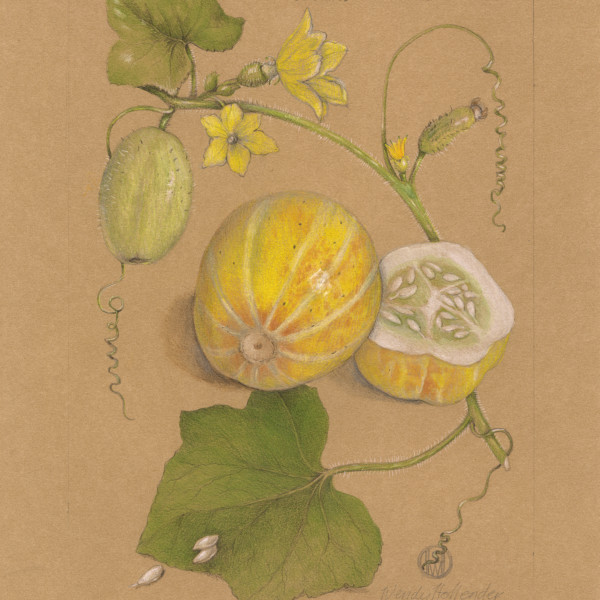
Here are some ideas to include in your summer studies:
+ Emerging fruits and pods
+ Mature leaf
+ Leaf arrangement (alternate, opposite, etc.)
+ Fruit/pod from different views
+ Fruit/pod cross-section
+ Seed magnification
+ Fruit characteristics (texture, taste, etc.)
+ Interesting fact or observation
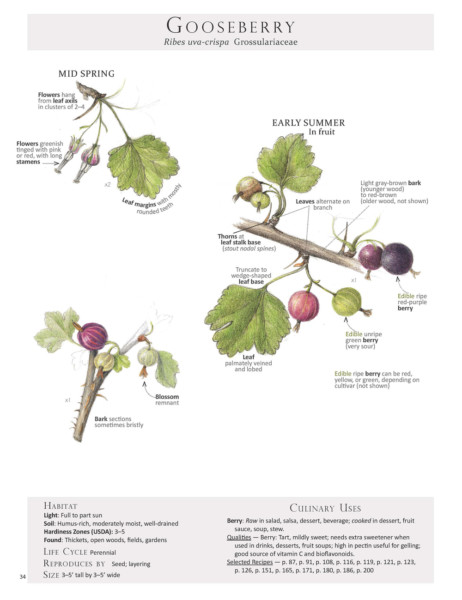
Botanical Definitions
Study some botany terms to decide what type of fruit and seed your plant produces. Here are some botanical definitions to get you started:
+ FRUIT: a ripened ovary and any other structures which are attached and ripen with it
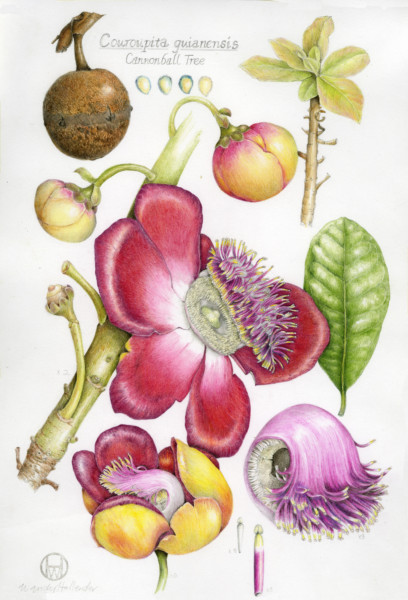
+ SEED POD: dry, dehiscent fruits such as legumes, capsules
+ SAMARA: a dry, indehiscent, winged fruit such as tulip tree fruit

+ POME: a fleshy, indehiscent fruit derived from an inferior, compound ovary, consisting of a modified floral tube, as in apples, peaches, pears, etc.
+ INDEHISCENT fruit do not open at maturity in a pre-defined way, but rely on predation or decomposition to release the seeds
Common Leaf Arrangements:
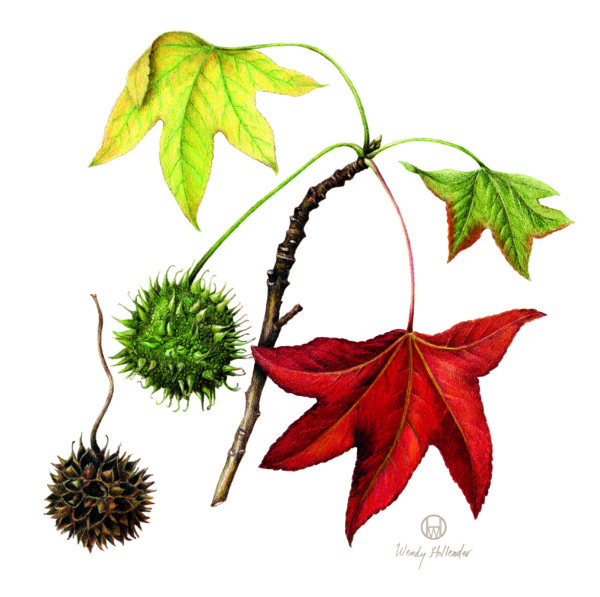
+ ALTERNATE: leaves borne singly at each node
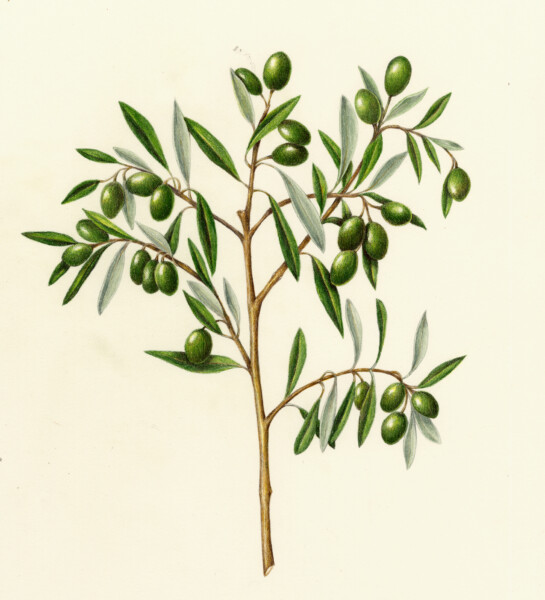
+ OPPOSITE: leaves borne across from one another at the same node
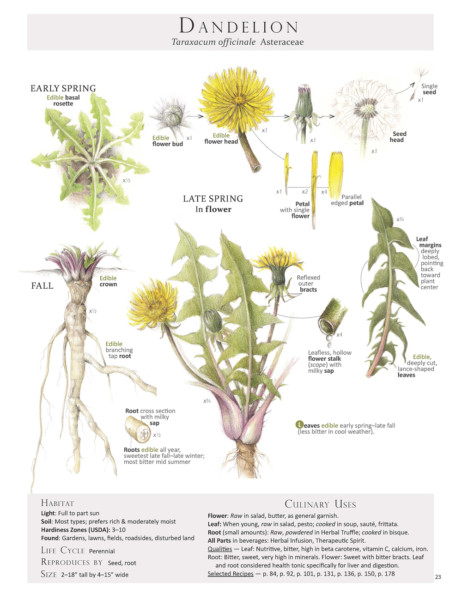
+ BASAL: leaves positioned at the base of the stem
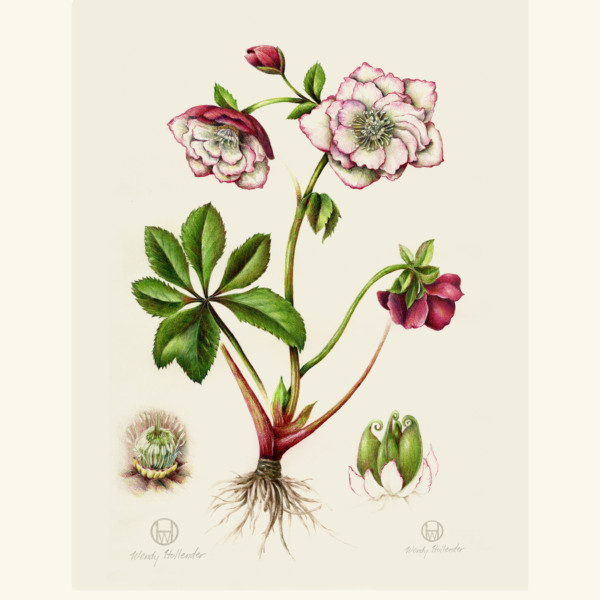
+ WHORLED: leaves three or more per node
Want to learn more?
Sketch your way through the seasons and create your very own seasonal guide to plants in your area. To share your progress and get helpful feedback, join our course, The Practice of Botanical Drawing.
